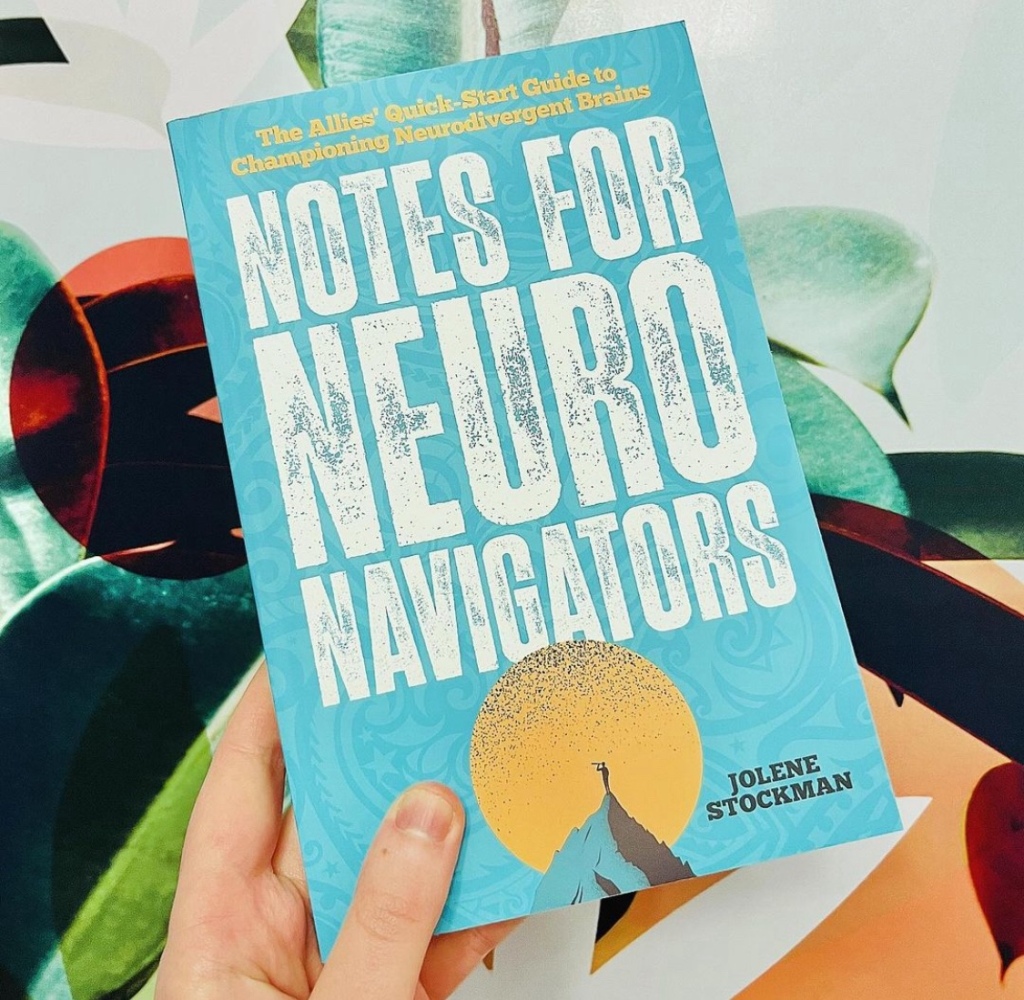
The launch of a new guide to help supermarkets become more inclusive for autistic people.
This guide was co-produced with members of the autism community and based on research conducted at the Universities of Reading and Oxford. It contains information and simple tips to support autistic shoppers and employees, and is designed for anyone who works for supermarkets.
I have been working with Dr Keren MacLennan (University of Durham) and Dr Cathy Manning (University of Reading) to design and illustrate this e-guide!
University of Reading press release, below from the launch day (23rd April):
Supermarket retailers need to do more than offer ‘quiet hours’ to make their environments more inclusive for autistic people, research from the University of Reading shows.
Now, a new guide is being launched by the Centre for Autism at the University of Reading today [23 April], that will give practical guidance to supermarkets and other retailers on how to make supermarkets more autism-friendly.
The guide is the result of years of research into why autistic people, and those with sensory-processing differences, find supermarket environments so challenging. The research included creating a full-size model of a supermarket to trial different approaches to reducing sensory overload.
Some of the key advice from the new guide, which is being launched at the industry-focused event in Reading today, includes:
- Training all staff on autism and sensory processing differences, and training specialist ‘autism champions’
- Reducing unnecessary sensory input such as background music or strong-smelling cleaning products, and providing quiet areas
- Providing clear store maps, layouts and signs to improve predictability
At least 1% of people in the UK are autistic. Many autistic people avoid supermarkets, meaning that supermarkets are losing around £13.5 million in weekly revenue – more than £700 million a year – according to a published report.
Today’s launch event will include presentations by lead researchers from the University of Reading, the John Lewis Partnership and lived experience experts. Attending the event will be representatives from some of the UK’s major supermarkets and retail industry bodies.
Everyday struggles
Tara Cooke, an autistic person who contributed to the guide and is speaking at the launch event, said:
“Going out shopping is a regular part of most people’s lives, but as an autistic person I sometimes find the experience to be difficult or impossible. I can find supermarkets loud, confusing and frustrating, and I often rush through just to get the essentials before leaving, or put off going altogether.
“I am passionate about trying to make people aware of the struggles that autistic and neurodivergent people have in everyday life. Hopefully projects like this will help the world to become a little bit more friendly for those of us that are neurodivergent”.
Dr Cathy Manning, lecturer in Psychology at the University of Reading, is leading the project. She said: “Supermarkets and other retailers really need to up their game to better meet the needs of autistic and neurodivergent people. Having ‘quiet hours’ is a good first step but does not go nearly far enough to support autistic people in their stores. Quiet hours are often not at convenient times, and while they make going shopping less noisy, they don’t solve the huge ranges of other problems that autistic people come up against,
“Switching to online shopping is not the answer either, as this brings its own challenges for autistic people, who may struggle with new people arriving at their front door, items being substituted or items not coming at all.
“This new guide, which has been co-designed with autistic people based on years of participatory research, demonstrates how small changes in a range of areas could improve the experiences of autistic shoppers and employees in supermarkets. We know from our autistic contributors how desperately needed this guide is.”
New generation of consumers
Rebecca Oates, a retail designer for the John Lewis Partnership who is speaking at the launch event said: “The retail landscape is changing and a new generation of customers will increasingly choose businesses with a social conscience. By delivering spaces that are inclusive of more people, retailers can not only improve their brand perception and profit but will also support broader social change towards a more accepting society.”
The sensory-inclusive supermarkets guide is available online.
It highlights six principles from the research that supermarkets should apply to create calmer and more predictable environments for autistic shoppers and employees:
- Reducing sensory input – for example by removing background music, and avoiding strong-smelling cleaning products
- Improving understanding – for example, by providing training for all staff in autism and sensory processing differences, and training specialist ‘autism champions’ to support autistic people
- Increasing predictability – for example, by providing a store map with the location of different sensory features (like chillers, fresh fruit and vegetables) and providing clear signage.
- Giving more space – for example, managing areas that are getting crowded in the store and introducing priority checkouts.
- Using suitable adjustments – for example, by ensuring staff are trained on existing initiatives (e.g., Sunflower Lanyards) and increasing the number and convenience of ‘quiet hours’.
- Allowing for recovery – for example for providing a designated quiet area or seating for autistic people to rest.






